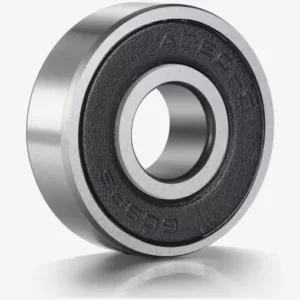
Unveiling the Science: Speed Skates in Action
Speed skating is a thrilling sport that combines skill, precision, and pure athleticism. Behind the seemingly effortless glides of speed skaters lies a sophisticated piece of equipment that plays a crucial role in their performance – speed skates. In this article, we will delve into the science of speed and unravel the mechanics behind how speed skates work.
Blade Design:
At the heart of every speed skate is its blade, a carefully crafted piece of technology designed for optimal efficiency Speed skate blades are longer and flatter than those of traditional skates, allowing for maximum contact with the surface. The length enhances stability, while the flat design minimizes air resistance, enabling skaters to achieve higher speeds.
Low Friction Materials:
To reduce friction and maximize glide, speed skate blades are made from materials with low friction coefficients. High-quality steel or alloys are commonly used, ensuring minimal resistance. Skaters benefit from this reduced friction as it allows for smoother, more efficient movements, ultimately contributing to increased speed.
3. Boot Construction:
The boots of speed skates are meticulously designed to provide skaters with the perfect balance of support and flexibility. The low-cut design allows for a greater range of motion at the ankle, enabling skaters to execute powerful and precise strides. The boots are often made of lightweight yet durable materials to minimize the overall weight and enhance skater agility.
Anatomical Fit:
The importance of a proper fit cannot be overstated when it comes to speed skates. Skaters rely on a snug and anatomically shaped boot to ensure maximum energy transfer from their legs. This close fit minimizes wasted energy and helps skaters maintain optimal control over their movements, contributing to enhanced speed and performance.
Clap Skate Technology:
One of the most revolutionary advancements in speed skating is the introduction of clap skate technology. Unlike traditional fixed blade skates, clap skates have a hinged blade that separates from the boot during the push-off phase. This innovation allows for a more extended and powerful stride, improving overall speed and efficiency.
Aerodynamics:
Aerodynamics play a crucial role in speed skating, where even the slightest resistance can make a significant difference. Speed skate manufacturers invest in aerodynamic research to refine the shape and contours of their products, ensuring skaters can cut through the air with minimal drag and resistance.
Conclusion:
Speed skating is not just a test of an athlete’s physical prowess; it’s a synergy between the skater and the technology they employ. From blade design to boot construction, every aspect of speed skates is meticulously engineered to enhance performance and maximize speed. As technology continues to advance, we can expect further innovations that will push the boundaries of speed skating and redefine the limits of human achievement.








Leave a reply